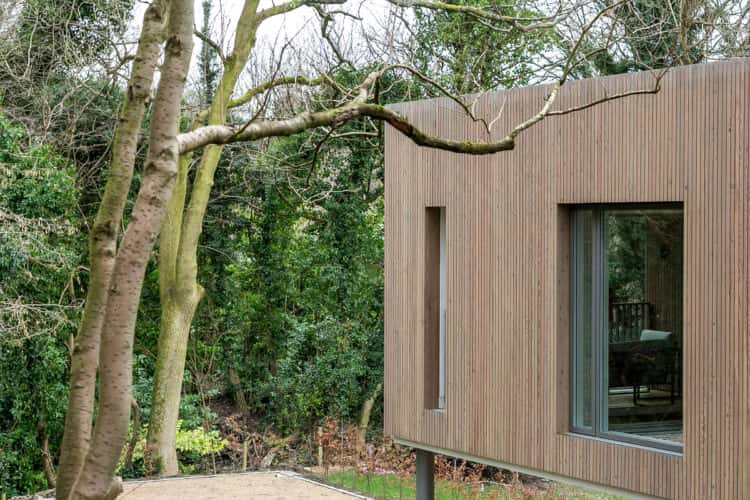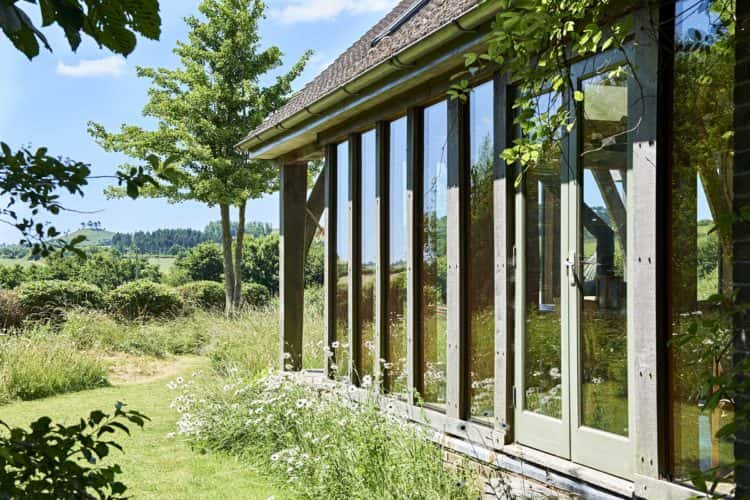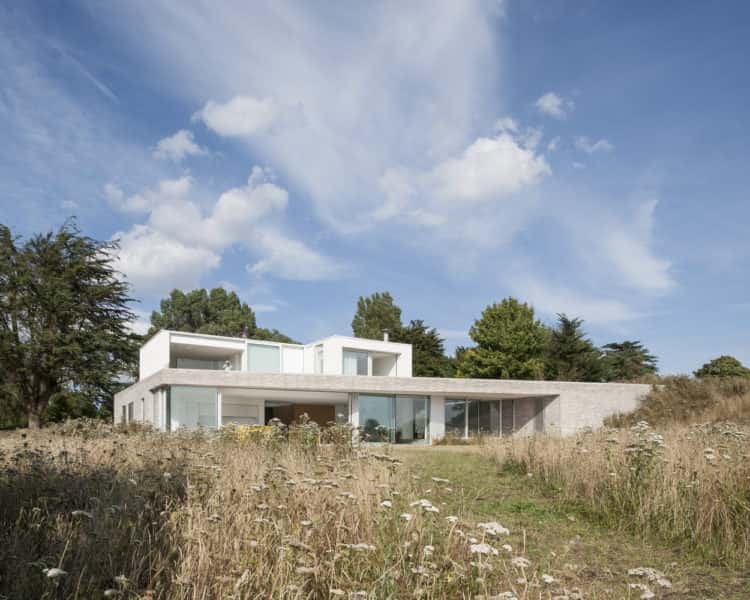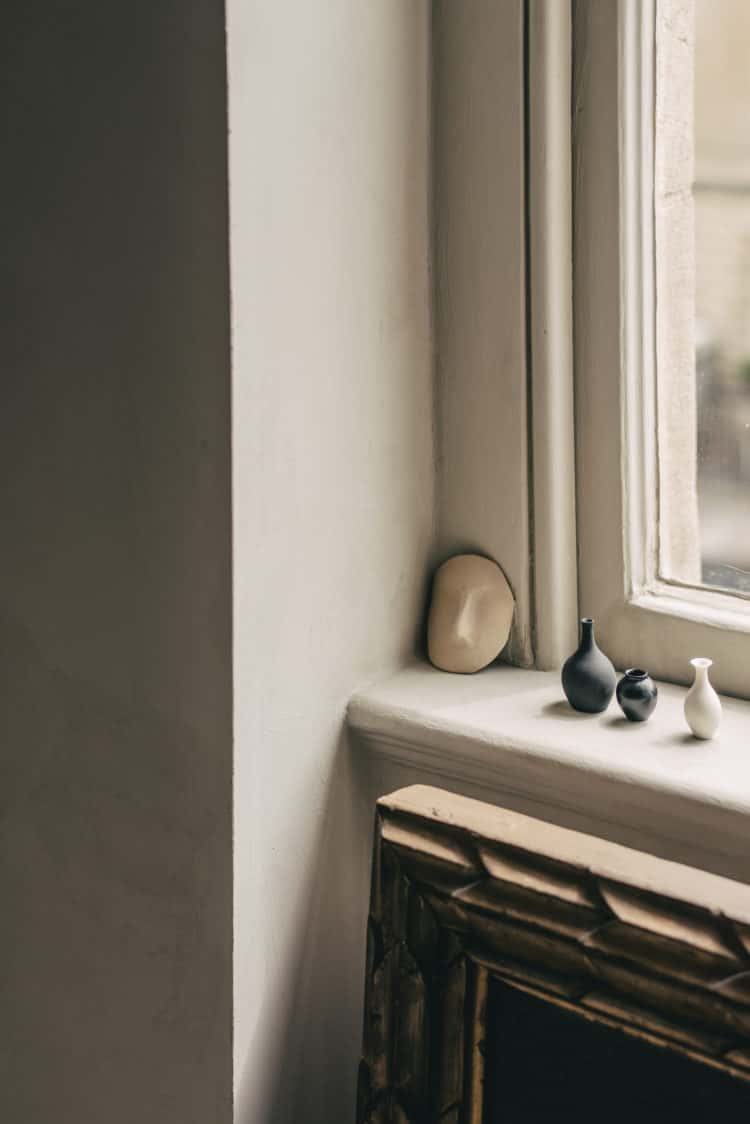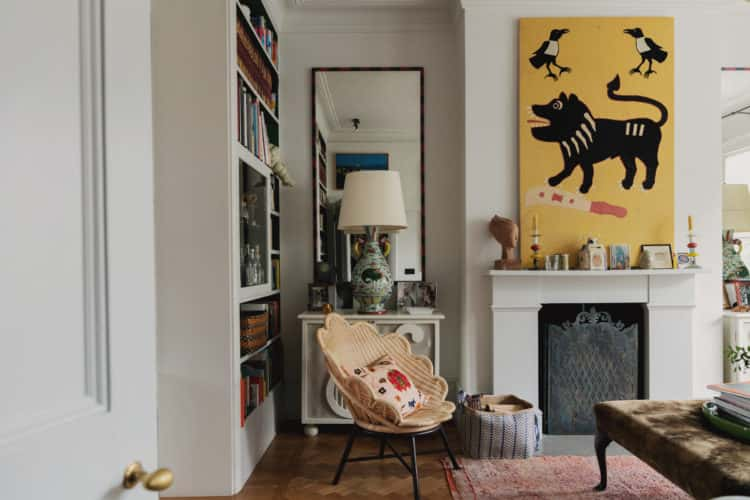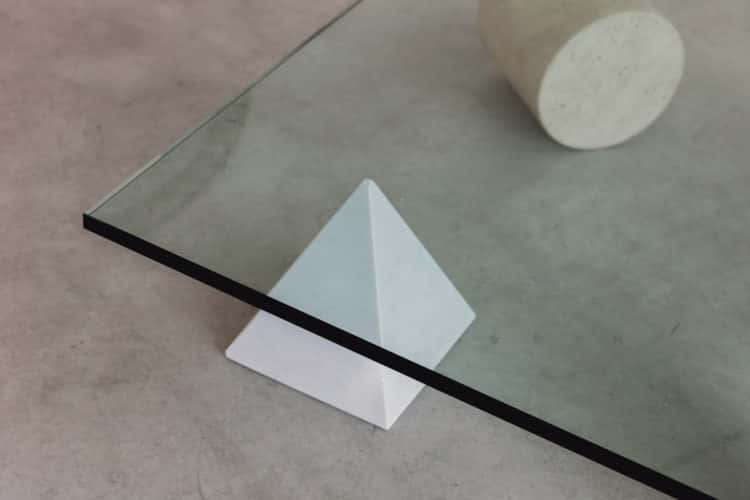Insight Report: sustainable living at home
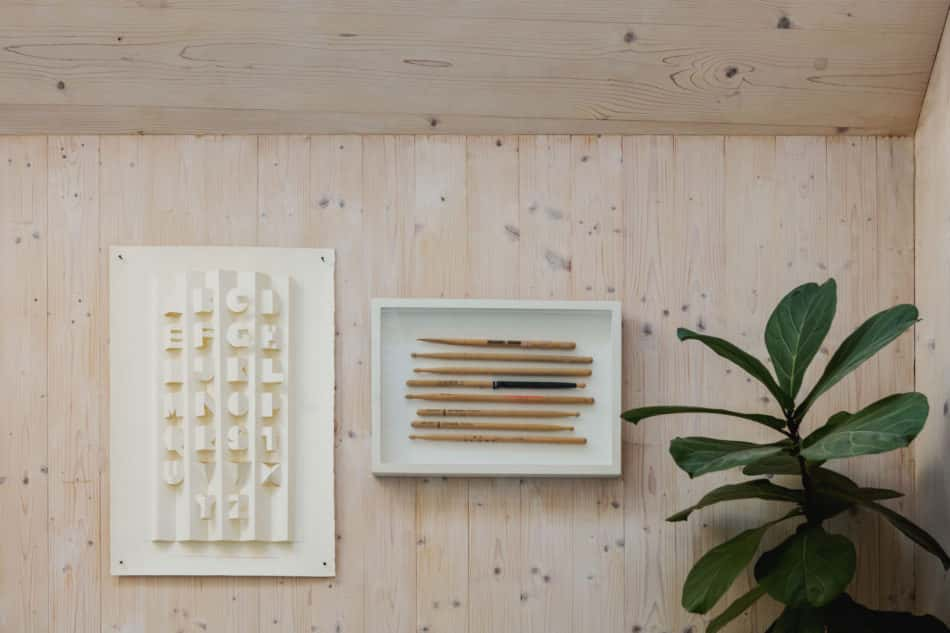
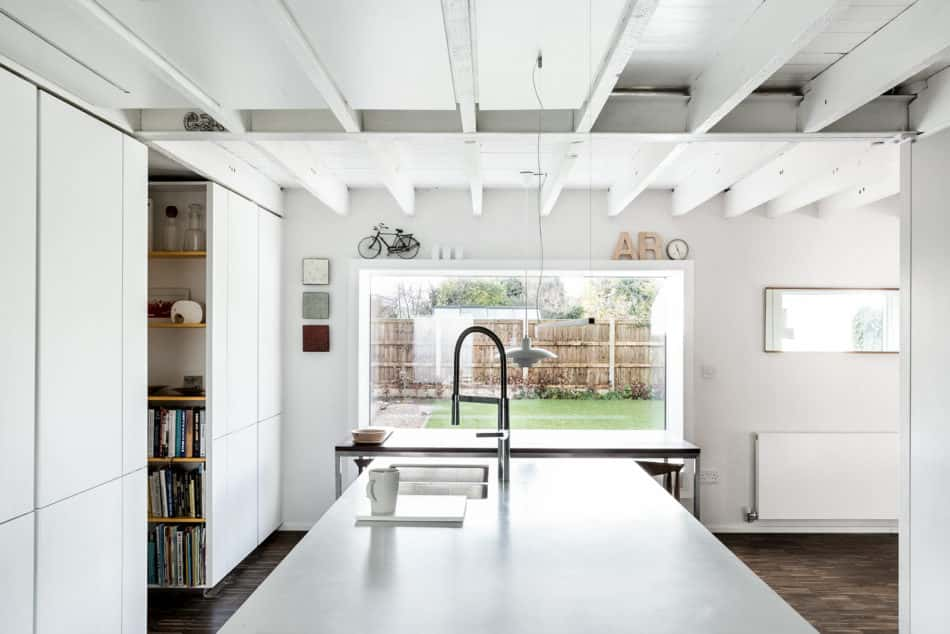
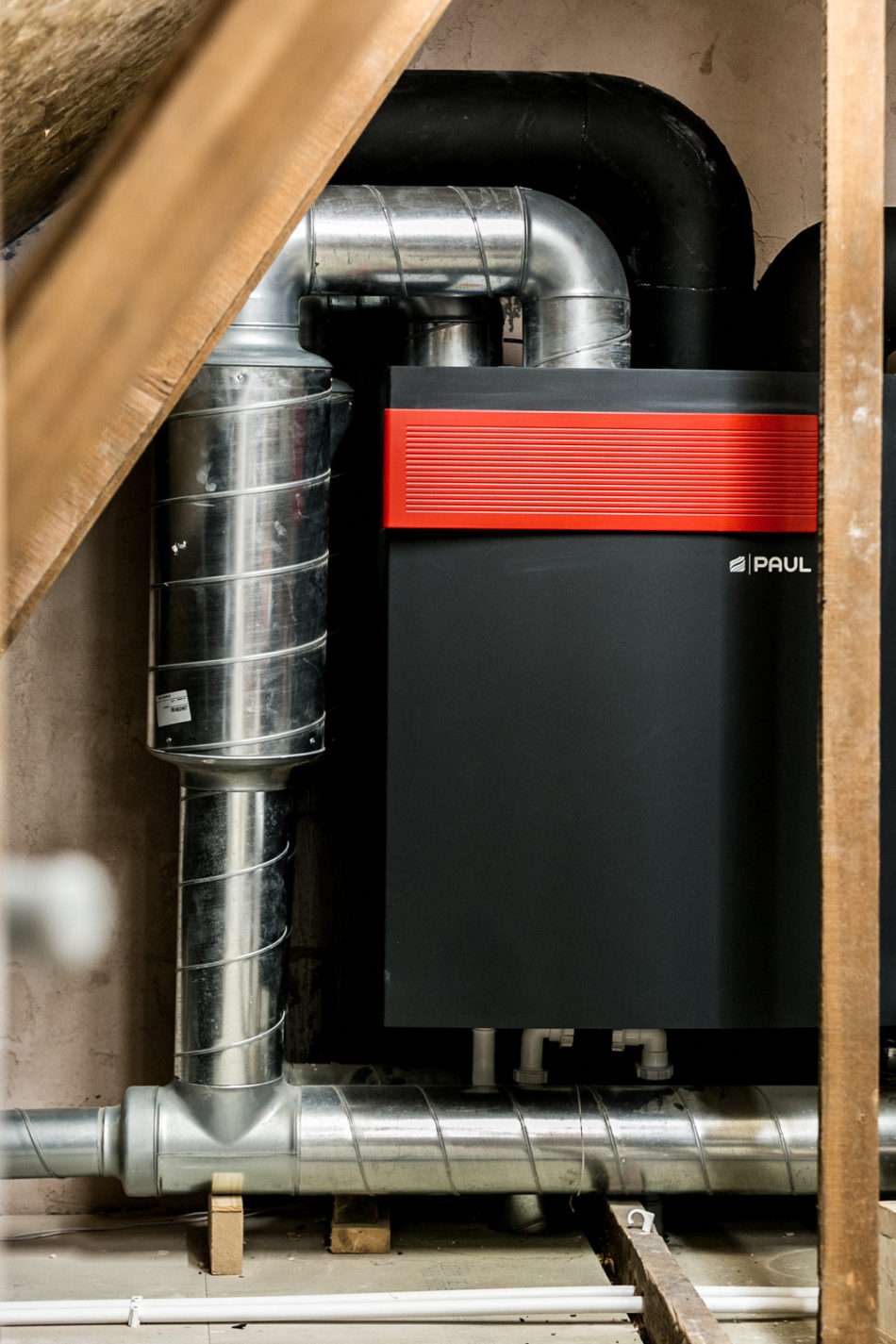
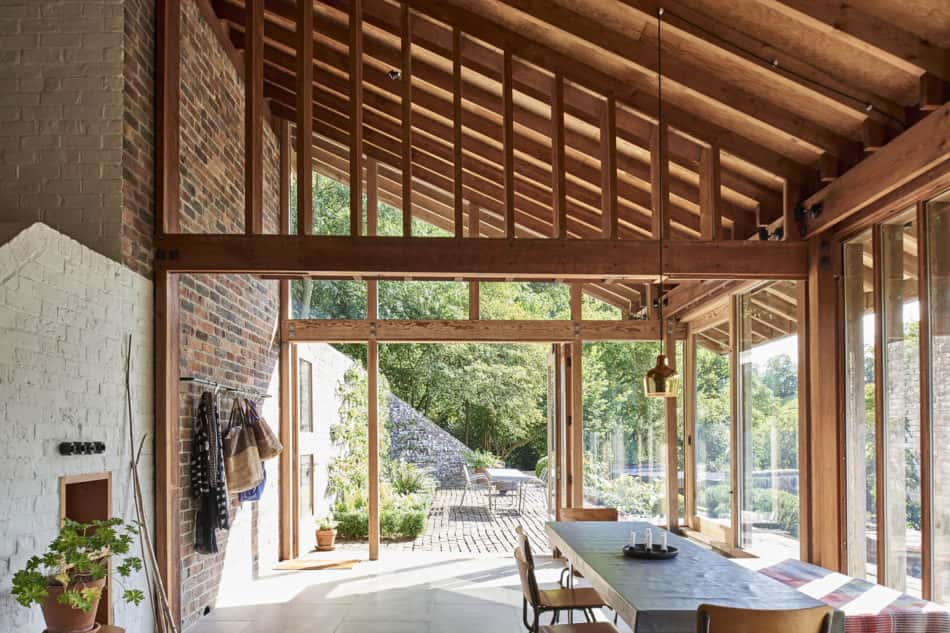
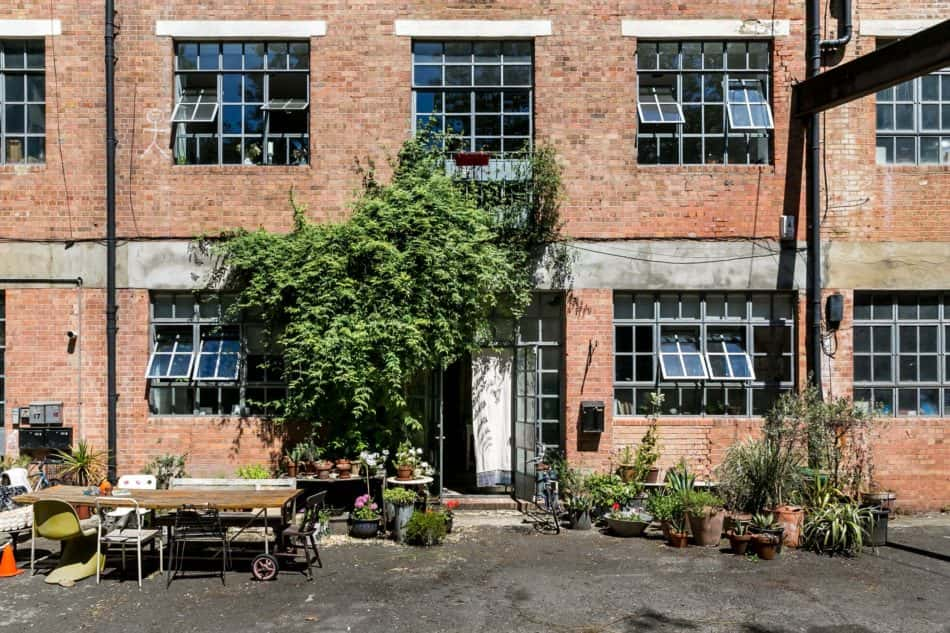
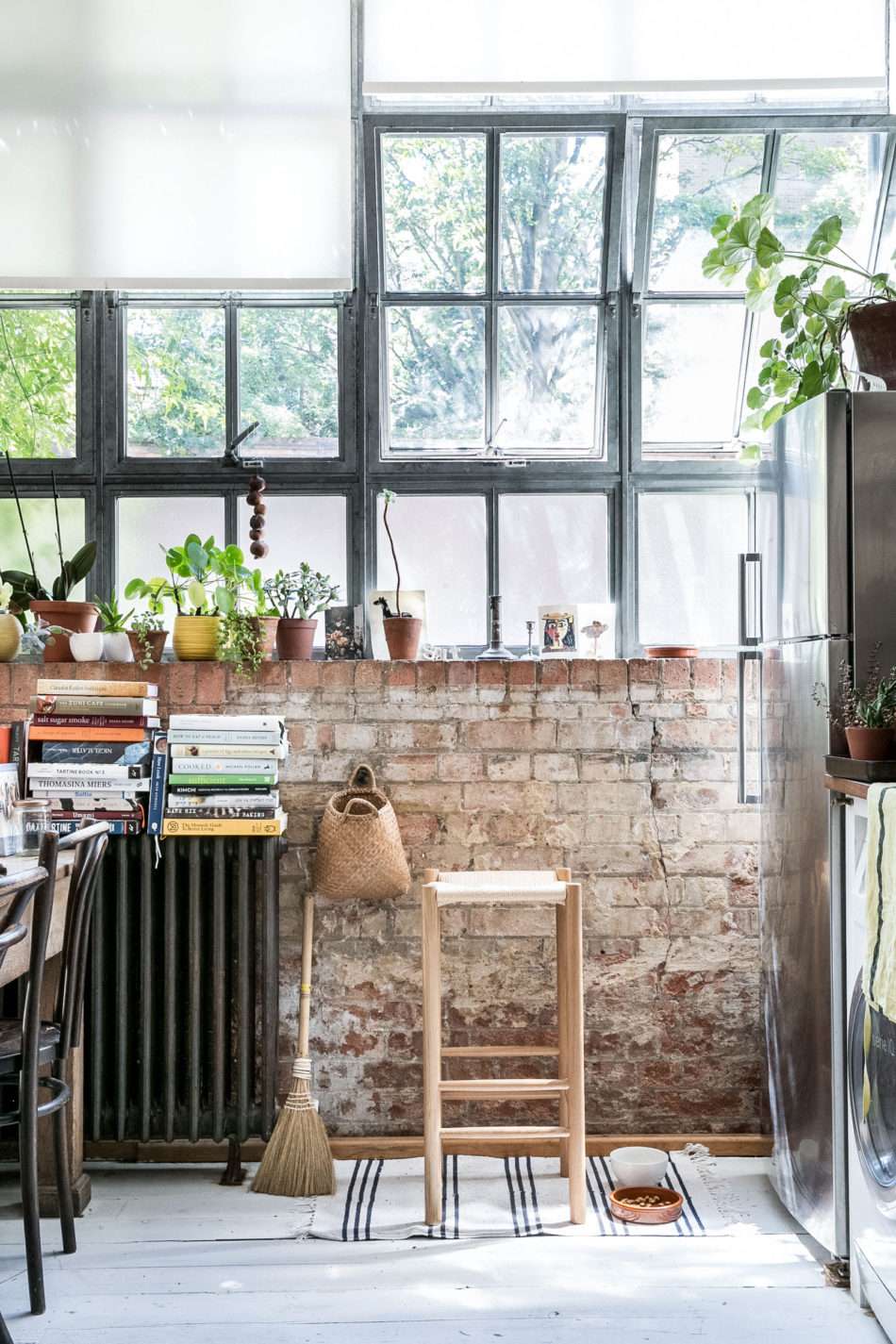
Our insight reports bring you long-form analysis on the trends playing out in the worlds of design, architecture, interiors and more, keeping you ahead of the curve in all things home-related. Here, we’re looking at how the idea of sustainable living at home is coming to the fore of multiple fields, keeping designers, architects, developers and, indeed, homeowners’ minds busy with how to reduce emissions, cut energy needs and, in some cases, achieve rarefied ‘carbon negative’ status.
The beginning of this story is not an optimistic one, sadly. In a new report by the Committee on Climate Change (CCC), an independent advisory body to the UK government found that the country will not meet its legally-binding climate goals without the near-complete elimination of greenhouse gas emissions from its buildings. Given that the report also found that emission reductions from the UK’s 29 million homes – which account for 14 per cent of the country’s total emissions – is slowing, and that energy usage actually increased between 2016 and 2017, it doesn’t seem like we’re on our way to a greener future just yet.
And, like so many conversations around stopping climate change, any significant adjustment to the course we’re currently on is going to have to come from government, local authorities, industry action and legislative measures, so that the key areas for improvement identified by the CCC, like tightening building regulation compliance, training the construction sector and providing necessary funding, can be met.
The flip side of that is that individual action is also necessary. Even if we meet the recommended net-zero emissions target laid out by the CCC by 2050, building future-proof, energy-efficient housing as a major part of the way forward, we’re still going to have to live in those homes in a more sustainable way. In short, let’s not crack open the windows, fire up the boiler and do away with recycling while we wait for government action. Living in a more sustainable, energy-conscious way at home is something that we can all begin today, with many of us already doing so.
One way it would seem many of us are living greener existences is through our gardens. Wyevale Garden Centres, the country’s largest garden retailer, stated in its ‘Garden Trend Reports 2019’, that they’ve noticed, ‘A spotlight on the changing climate and new policies around sustainability are creating more engaged and savvy consumers. Today’s gardeners are much more aware of the changes they can make to help protect the earth for a more sustainable future – be that on a personal, local, or global level.’
The report also cited a 700 per cent uplift in Google searches for ‘zero waste gardening’ in 2018; a growing desire among gardeners to help biodiversity, with 60 per cent planting to help wildlife; a 59 per cent growth in the sale of fruit and veg and demand for eco-friendly alternatives to plastic packaging. Considered collectively, it would seem that the seeds for change, at least in our gardening habits, have well been sown.
It’s perhaps easy to see why. While outdoor space, especially in big cities, is not something everyone has access to, growing even a small amount of your own fruit and vegetables to cut the carbon emissions caused by intensive farming, transport and storage associated with mass-scale agriculture is not only sustainable, but also brings with it the added benefits of delicious produce and boosting a sense wellbeing – 70% of gardeners say it makes them more calm and relaxed.
One of them is restauranteur Clare Lattin, who we visited at her converted warehouse apartment in Hackney, London, last year. With no garden to speak of, Clare nevertheless dedicates the space outside her mews-style house to grow plants and vegetables, finding a slower pace of life in doing so and achieving a sense of fulfilment in being more connected to nature.
“For me,” Clare says, “modern living is about taking some time to make conscious choices, understanding the impact of my place on the planet and trying to do what I can to offset what I take from it. It’s about considering what I need versus what I want, employing the thought process of making do, and, as importantly, it’s about rethinking the mundane, the art of maintenance and looking after things. It’s about looking inwards not out, being local, not global, and doing what I can in my tiny corner of the planet – be that composting my kitchen waste for the yard’s pots or growing herbs and flowers to help wildlife where I can.”
Clare’s attitude, one that is pragmatic, realistic and acknowledging of her individual capacity to make a difference, is one that we should all adopt, even if we live in a city like London, where, spatially-creative urban gardening, community allotments and city farms are all alternatives if space is an issue.
Of course, a green-fingered approach can’t stop or even slow climate change significantly by itself; emissions from the energy supply and residential sectors far outweigh those from agriculture. As such, making our houses more energy efficient is one of the single best ways to live more sustainably in general.
The nuclear option (sorry) here is to build the gold-standard of sustainable homes, a Passivhaus, defined as ‘a building in which thermal comfort can be achieved solely by post-heating or post-cooling the fresh air flow required for a good indoor air quality, without the need for additional recirculation of air,’ according to the Passivhaus Institut. Such buildings deliver comfortable indoor environments, acoustic insulation and increased efficiency thanks to specifications like triple-glazed windows, airtight internal spaces, and mechanical ventilation systems that have been known to do away with energy costs entirely in some cases, saving thousands of pounds a year in bills, and actually producing more energy that they need to run.
Thankfully, you don’t need to find a plot and go through the notoriously challenging process of building your own home to meet Passivhaus accreditation. Existing homes can be retrofitted to comply with the exacting standards, an option architects Anna and Russel Hayden took when they converted a “very ordinary, straightforward house, built using brick block cavity walls and a timber-framed roof,” says Russel.
Setting themselves the challenge of drastically improving the energy efficiency of the house all while creating a comfortable, design-led home, the pair prioritised light, open spaces but followed Passivhaus specifications, resulting in a house that Anna said, “has improved our sleep, we don’t have any draughts, it’s quiet and feels calm, temperatures are stable, and we have very little dust.”
So a big thumbs up to Passivhaus, then. Well, naturally there are some drawbacks, such as ‘form factor’, a measure of the total surface area of the external walls, or thermal envelope, in which a box-shaped structure would result in the lowest (and best) score, which limits architectural expression.
In addition, retrofitting older buildings can be complicated and costly as sustainability consultant and sustainable property developer Ecospheric founder, Kit Knowles, explained when he told The Telegraph “It’s like needing to cook the perfect meal without having any choice over the ingredients, with none of your normal implements to hand, and lots of hungry guests with complex dietary requirements. It’s possible, yes, but much, much harder”.
But just because an eco rethink of a pre-existing building might not meet Passivhaus standards, doesn’t mean it’s not worth doing. As property expert for the National Homebuilding and Renovating Show, Jason Orme, also told The Telegraph, a “Passivhaus-light” approach is what some homeowners are adopting. “They work out what their priorities are. If they want to make the house less leaky, reduce heating bills and make it a bit warmer, they can introduce triple-glazed windows, good levels of insulation and nominal levels of airtightness, instead of having to tick all the boxes that a Passivhaus requires,” said Orme.
It’s a strategy that was favoured by architect Sandra Coppin, of Coppin Dockray architects, when she set out restoring her 1960s Modernist home in Wiltshire, Ansty Plum, which, when she bought it, was so badly insulated it was uninhabitable in winter and took a week to warm up.
“As a practice, Coppin Dockray finds great enjoyment in protecting buildings that we feel are very important but whose environmental performance isn’t working. At Ansty Plum, we put in underfloor heating, replaced windows, installed an air source heat pump and, in doing so, reduced the energy demand on the house by 80 per cent.”
Such projects showcase the ability to reclaim buildings constructed in times when the technology and knowledge needed to build ultra-low-energy homes was not available, thus preserving architecturally-interesting spaces and negating the need to build from scratch – an energy and resource-intensive process, especially when concrete, with its huge carbon footprint, is involved.
“We live in a time where everything is bigger and brighter, more open and supersized, and it’s all about how much we can consume. This house is quite the opposite. It’s about the least we can have, and the least we can use,” said Sandra, echoing a larger societal trend that’s seeing consumers looking to reduce the use of environmentally problematic materials. With a 2019 YouGov report stating that 80 per cent of consumers are currently trying to reduce their plastic consumption, and 81 per cent convinced that packaging is a major environmental problem, it’s clear we’re waking up to the need to consume more sustainably.
And, while using a reusable coffee cup and foregoing straws are great, opting for environmentally-friendly products doesn’t stop at plastic. As Olga Turner, founder of architecture-for-wellbeing company Ekkist explained of her and partner Jonathan Baker’s refurbished 1974 suburban home, “We’ve used natural, non-toxic materials wherever we can. There’s a lot of timber in our house, which we either sealed naturally or painted with natural paint,” with Jonathan adding, “For the renovation, we used a couple of pieces from architectural salvage yards such as the splashback above the oven, which is an off-cut from a larger piece of marble.”
So, whether you opt to start a vegetable patch in an unused part of your garden, think more carefully about the products you renovate your home with, consider retrofitting your period home to be more energy-efficient, or go the full nine yards and build a brand new Passivhaus, there are plenty of ways to think more sustainably when it comes to our homes. What’s clear though is, whether it be the calming effects of gardening, the air quality and comfort found in a Passivhaus or even the aesthetic qualities of reclaimed materials, living in a more climate-conscious, sustainable way carries with it not only environmental good but benefits that can add a sense of meaning, wellbeing and beauty to our lives.
Green checklist
According to the CCC, here are what householders can do today to make their homes and lifestyles more energy-efficient:
1. Improve home energy, heating and water usage and efficiency
Install low-energy lighting, hot water tank insulation, low-flow shower heads and draught-proofing
Turn off the lights/other electricals when not being used
Turn taps off when brushing teeth, have shorter showers, check pipes for leaks and water gardens only as needed
Install water and smart energy meters to manage water and energy use and help identify water leaks
2. Is the heating system working correctly?
Check your boiler annually and ensure your heating system is operating at no more than 55˚C
Install heating controls like timers and room thermostats
Turn your thermostat temperature down to 19˚C
3. Reduce the risk of overheating in summer
Opt for thick curtains or blinds (close them during the day), plant trees to provide shade and open windows at night
Use fans for bedrooms and living spaces (as long as temperatures are below 36˚C)
4. Flooding
If you’re in a flood risk area sign up to flood warnings and devise your own household plan to prepare for possible floods.
Extra Reading
Read the CCC’s full report,‘UK housing: Fit for the future?’ here. In May this year, they also published ‘Net Zero – The UK’s contribution to stopping global warming’, a far-ranging report urging the UK government to implement a new target of achieving net-zero greenhouse gas emissions by 2050 – “Make no mistake, this report will change your life,” says Prof David Reay at the University of Edinburgh.
Elsewhere, we recently enjoyed Margaret Renkl’s case for neglecting your lawn in aid of biodiversity in The New York Times. If you’re an architect designing a concrete building, this long-form piece in The Guardian might put you off, or at least it should. Dezeen is our destination of choice for the latest in sustainable design and architecture stories.
